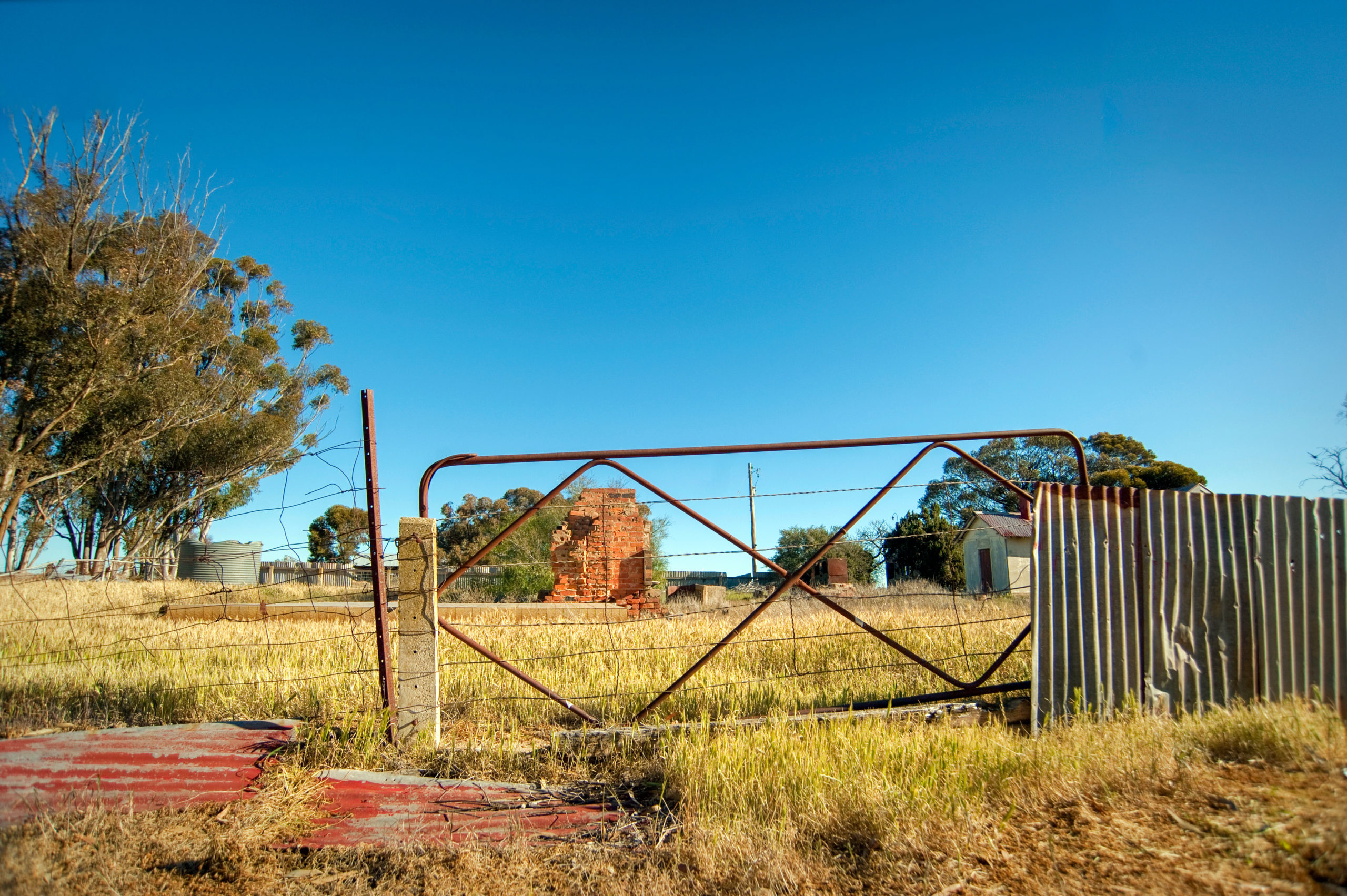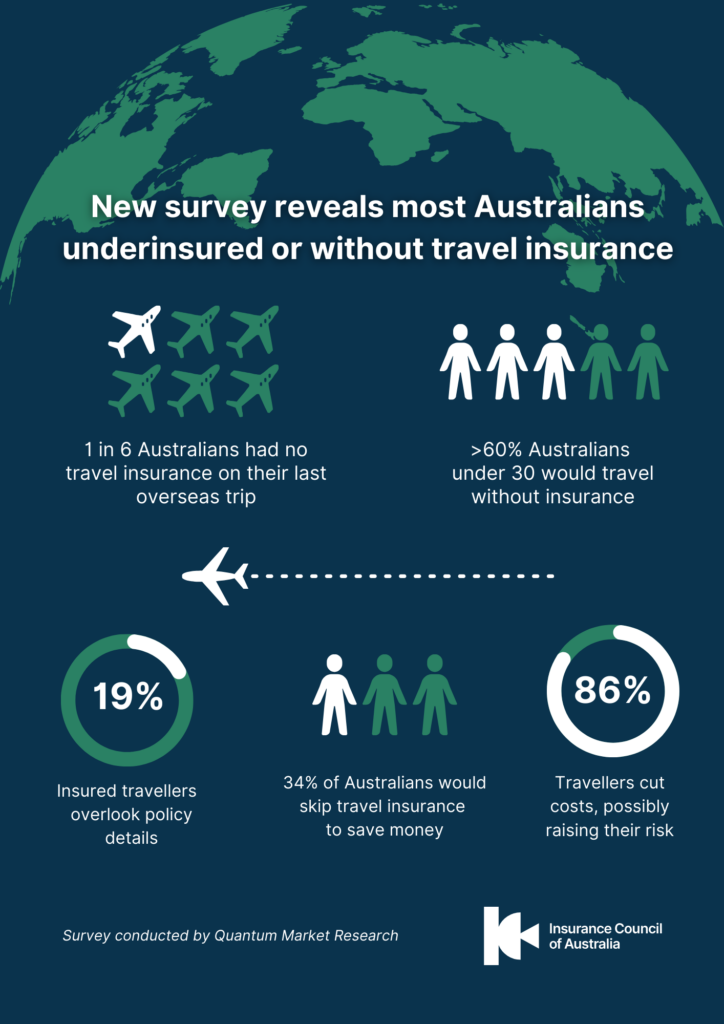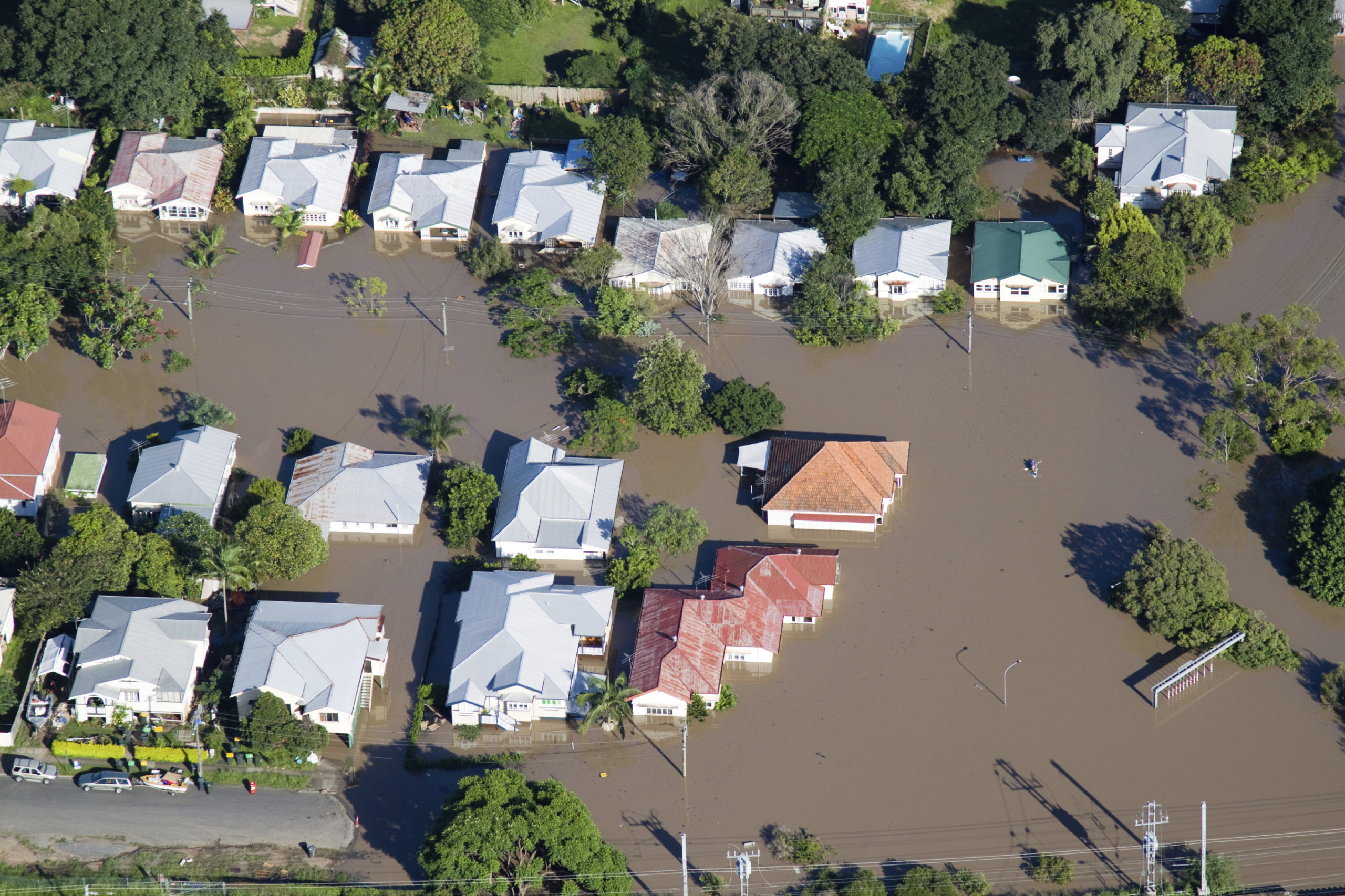Home Insurance explainers Page 4
How are claims for damaged fences handled?

- The ownership of boundary fences is shared between the adjoining property owners. Where the adjoining property is used for public purposes the resident property owner is deemed to be the owner of the whole fence.
- Insurance policies reflect shared ownership and cover up to an amount equal to the proportion of ownership e.g. 50%
- The benefit is usually settled as a cash payment, and is based on the full cost to repair or replace the boundary fence with the proportion of ownership applied.
- The shared ownership of boundary fences is the reason why insurers generally offer cash settlements as there is usually more than one party responsible for the repair.
What if the fence is constructed with asbestos?
Where a damaged boundary fence is constructed with asbestos materials all necessary precautions will be taken to remove debris safely, and repair or replacement costs will allow for the use of modern materials.
Who's responsibility is it negotiate and manage the replacement of the boundary fence the neighbours?
Once a boundary fence claim is settled, it is the responsibility of the property owner to negotiate and manage the replacement of the boundary fence with their neighbour/s.
How can my local council help me?
Your local council may provide you with fencing codes and guidelines, and assist with meditating boundary fencing disputes.
Looking to source local trades for your fence repair or replacement?
Your local Master Builders Association can assist you with sourcing local trades to quote on your fence repair or replacement.






